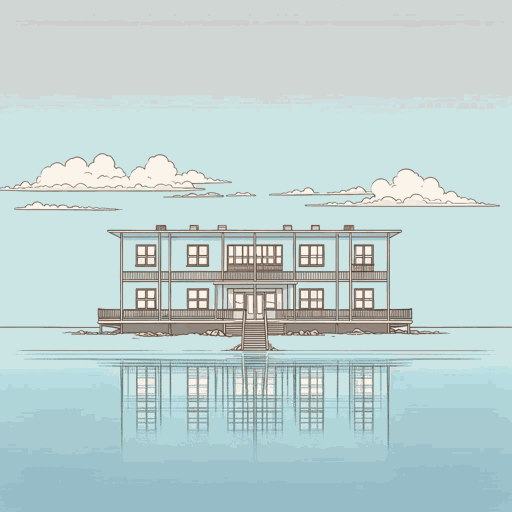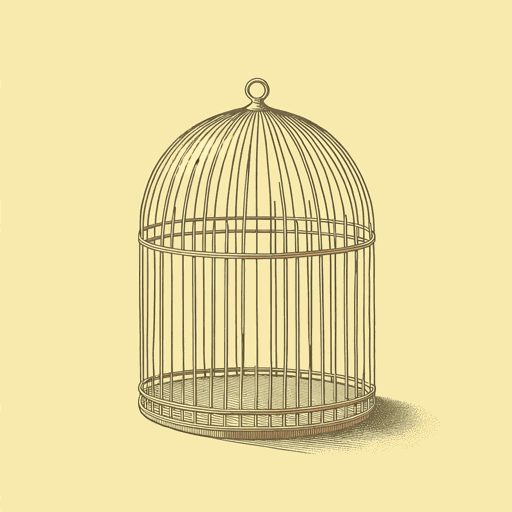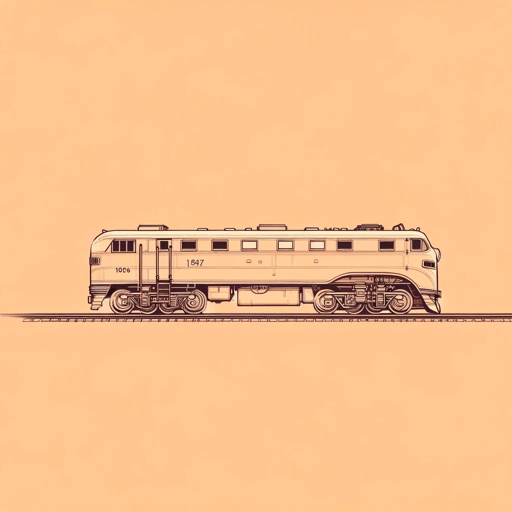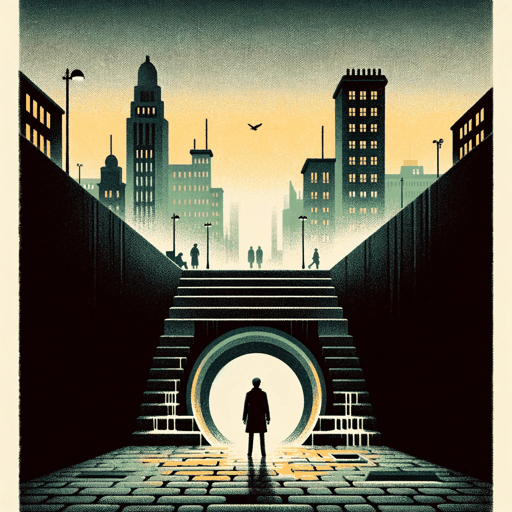28 pages • 56 minutes read
Richard WrightThe Man Who Lived Underground
Fiction | Short Story | Adult | Published in 1942A modern alternative to SparkNotes and CliffsNotes, SuperSummary offers high-quality Study Guides with detailed chapter summaries and analysis of major themes, characters, and more.
Literary Devices
Distorted Imagery
Imagery is the use of figurative or metaphorical language to describe events in a story to convey a physical sense them. Often, imagery involves adjectives and adverbs to describe something, but imagery can also make use of metaphors, similes, and other devices. Distorted imagery is imagery based on taking normal objects or sights and transforming them in a way that makes them otherworldly or unusual.
In “The Man Who Lived Underground,” Wright uses various images to convey Fred’s reality. Most of the story is really told through Fred’s eyes and concerns the things he watches from the sewer. The world of the underground is one of darkness and haze with occasional glimpses of light, such as “the yellow stems from another manhole cover” (26) that shine light on the dead baby. In the sewer, he sees “a stagnant pool of green sludge” (26) with an occasional pocket of air distorting it and creating a “glistening… bluish-purple bubble” (26-7). All images that Fred sees become similarly distorted, and the well-lit things reveal eerie images of death such as the dead baby or the “blood-red liquid” (28) hovering above the corpse in the undertaker’s shop.
Related Titles
By Richard Wright

Big Black Good Man
Richard Wright

Big Boy Leaves Home
Richard Wright

Black Boy
Richard Wright

Bright and Morning Star
Richard Wright

Native Son
Richard Wright

The Man Who Was Almost a Man
Richard Wright

Uncle Tom's Children
Richard Wright

